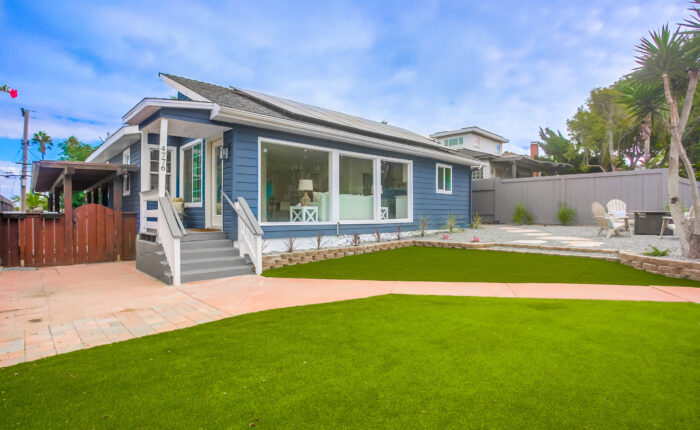Some homes are selling for a lot more than those with the same square footage and number of bedrooms – and in the same locations too. How is that possible? What enables these properties to sell for such a premium? How can you reach the right buyers that will pay you that much for your homes?
As we rolled into 2015, Business Insider and the National Association of Realtors revealed the huge premium on new homes. The data shows the premium for new homes has doubled to 30 to 40 percent over competing existing properties. As of January 2015, the average spread on a national basis was almost $80,000 per unit.
Now we know that there may be some appraisal adjustments for age. Location, square footage, and bedroom counts still remain far more important. Builders can try to manipulate values within subdivisions by manufacturing sales. Sometimes they have to rely on ‘in-house’ lenders to get borrowers approved. Others focus on cash buyers. This is especially true for new condo buildings that attempt to push new price per square foot highs, but the bottom line is that these properties sell for almost double almost identical properties because of the marketing, emotional value, and story they let buyers tell themselves.
Clearly this isn’t the only way to increase the perceived value of a property, and to draw buyers that are willing to pay a premium for a good looking product. We are increasingly becoming a society that prizes personalized experiences and products. If it is good quality, sold by a trusted merchant, is designed just for them, and adds more value to their overall lives than just the product itself, we put a big premium on it. This applies to mobile phones, office spaces, clothes, cars, and real estate.
If you want to sell homes for more and boost profits, get to know your prospects, and create niche products. As we have moved more of our lives online, collecting data has become even easier. The industry used to rely only on marketing by very rough parameters. This might have been geographic location, credit score, and home value. Now we know where people can be marketed to at any time, their relationship status, ages, their incomes, buying habits, favorite brands, values, what they like to do in their spare time, and even what music and food they like. All of this information can be overlaid with multiple filters.
Think about this from an open house perspective. With all this data, real estate sellers ought to be able to create open houses with the perfect details to create a sale down to the furniture labels, colors, music playing in the background, and food smells emanating from the kitchen. This can all be built into home design and real estate marketing. Some additional niches include:
- Sports enthusiasts
- Singles
- New parents
- Green and eco-conscious
- Aggressive investors
- Health enthusiast
- Geeks and early adopters
- Multi-generational households
- Credit challenged
- Yacht owners
- Foodies
There is really no end to the options. So where do you get the data from? How do you find out which people are the perfect match for the product you have or want to create? There are actually many sources. You can achieve a lot in targeting through Google, Facebook, LinkedIn, and by tapping into credit bureau data. This might be scary when you realize how the credit bureaus are selling everything that can be found out about you to others on a daily basis. It can be really helpful in product creation and marketing. In addition to online pay-per-click and CPM ads, there are many other ways to reach them too. Direct mail, email, phone, live events, blogging, social media profiles, and more.
Forget new homes. Look for undervalued properties that you can reinvent and add value to. Make them like new – only with a better price tag. Do this and you’ll create win-wins – giving buyers an awesome product for a little less. You’ll earn plenty of referrals in doing so.






